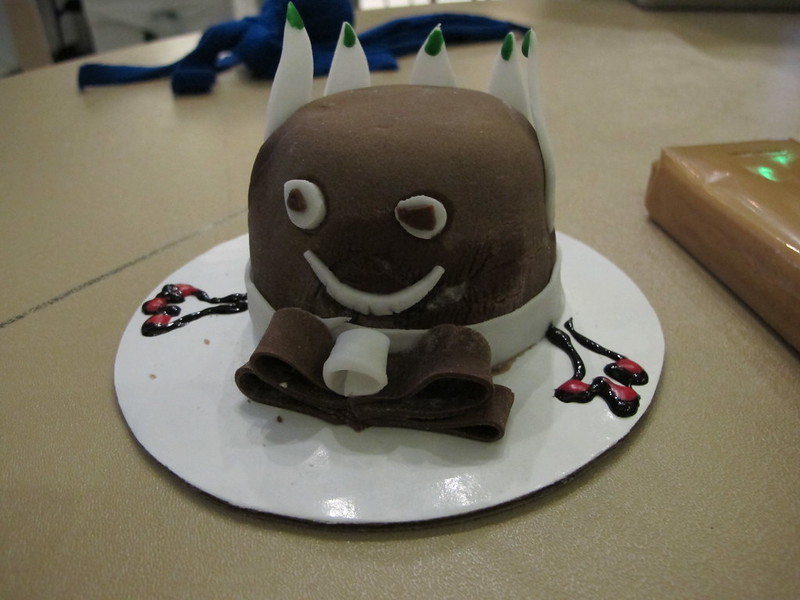The Media Lab India Initiative is an effort by students and alumni from the MIT Media Lab to bring together a community of makers and creators from across India. The goal is to facilitate collaboration and sharing of ideas across boundaries of disciplines, institutions, and culture. We want to create and spread an environment much like at the MIT Media Lab, an environment that fosters creative exploration of ideas, of learning by doing. Here is a video from our workshop in Mumbai, India in January 2014. We had 400 participants, 30 mentors, and 100 prototypes at the end of the 5 day workshop.

Mumbai Workshop Video

Mumbai Workshop Video

























